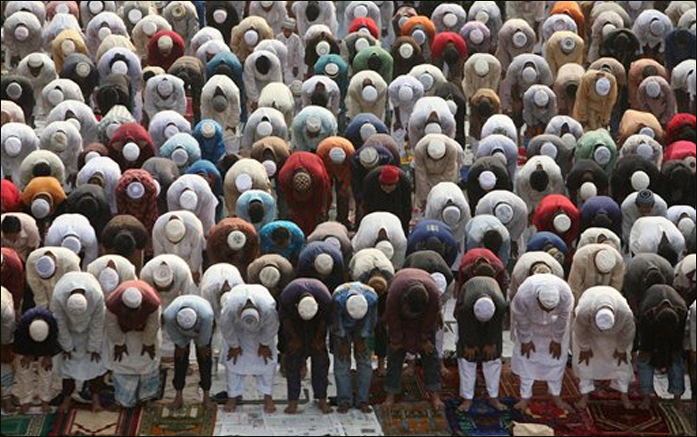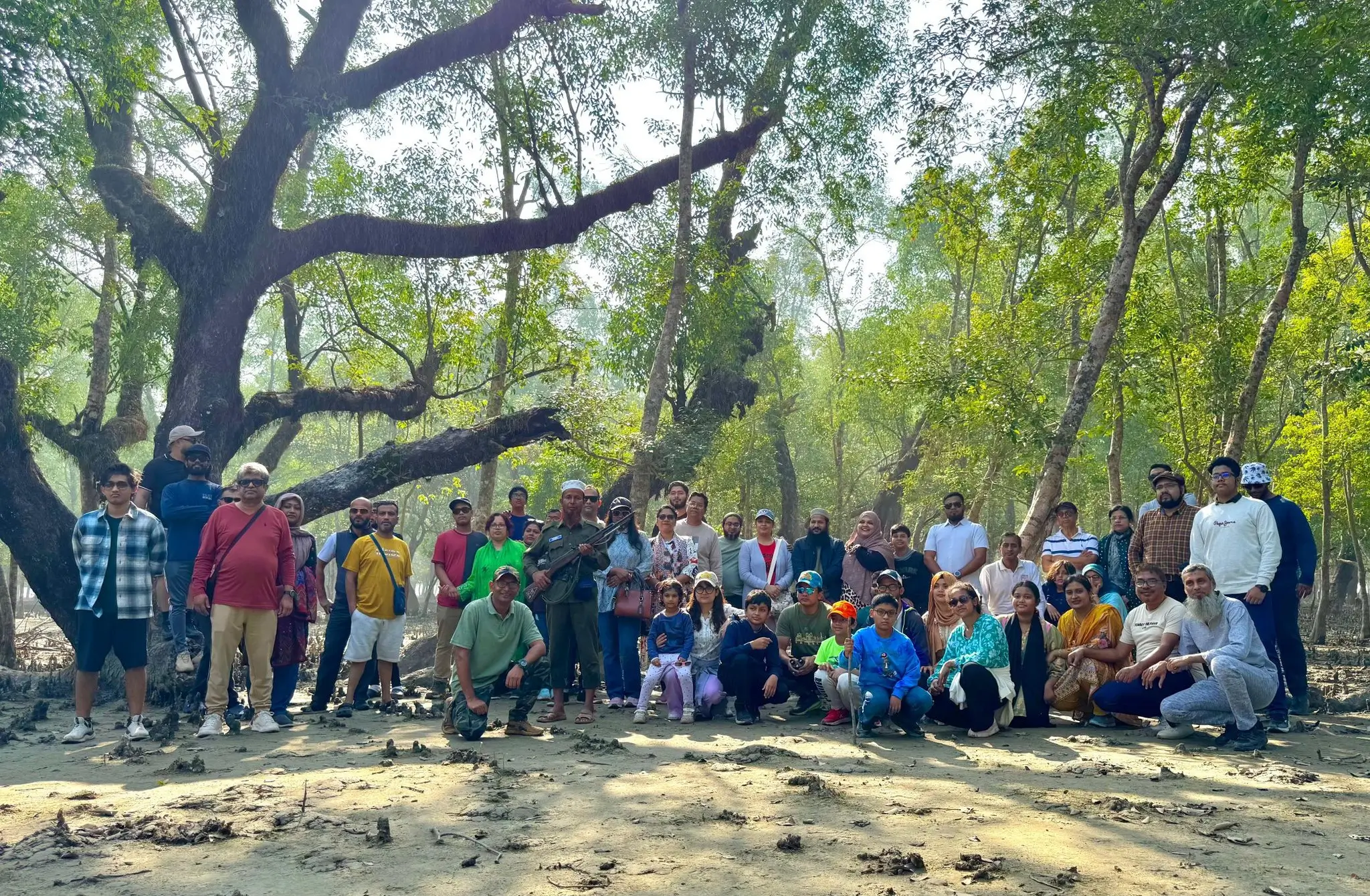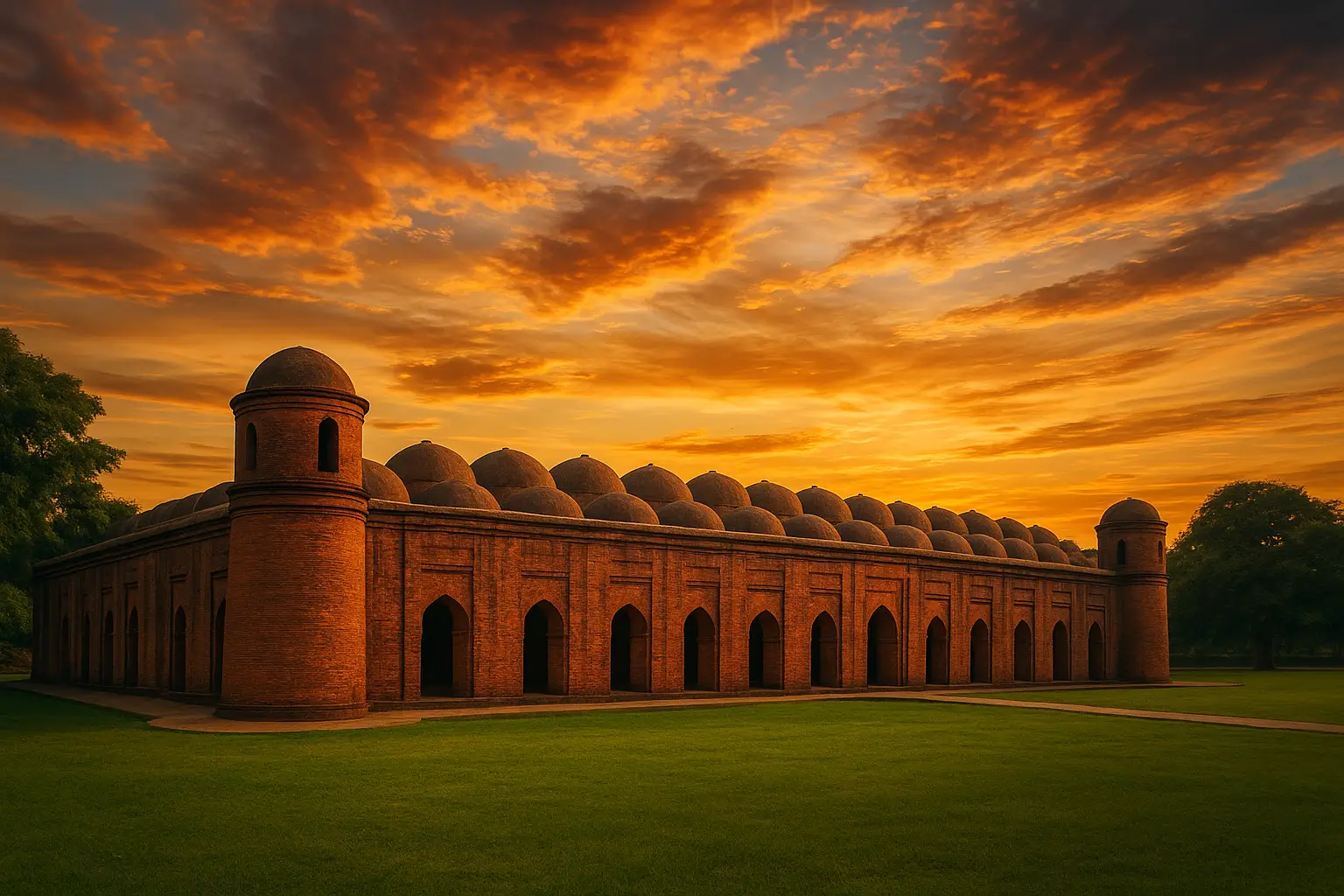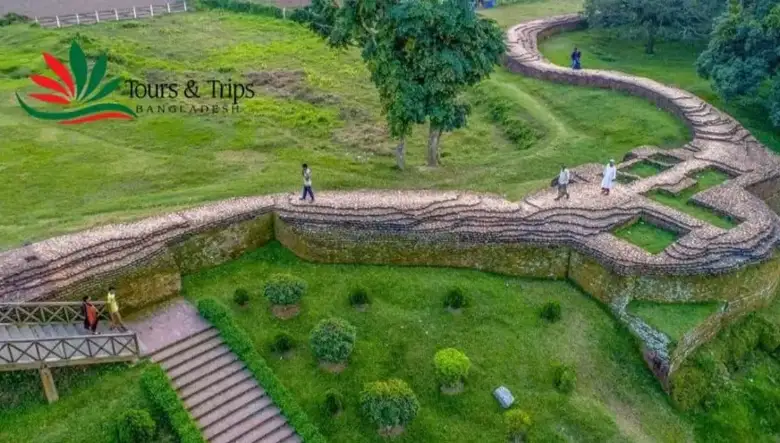Eid-al-Adha, known as the “Festival of the Sacrifice,” stands as one of the most significant religious observances in the Islamic calendar. This profound celebration transcends mere tradition, embodying deep spiritual meaning, community solidarity, and compassionate social values that resonate far beyond its religious origins.
The Historical and Spiritual Significance
The roots of Eid-al-Adha trace back to a powerful narrative of faith and obedience. Muslims worldwide commemorate the remarkable story of Prophet Ibrahim (Abraham), who demonstrated ultimate devotion by preparing to sacrifice his son upon divine instruction. At the critical moment, God replaced his son with a lamb, symbolizing mercy and divine intervention.
Key Observance Details
- Date: Celebrated on the 10th day of Dhul Hijja in the Islamic lunar calendar
- Duration: Typically a 3-4 day public holiday
- Global Participation: Observed by Muslim communities across continents
The Ritual of Sacrifice: More Than a Symbolic Act
The central ritual of Eid-al-Adha involves sacrificing an animal, traditionally a cow, goat, or camel. However, this practice extends far beyond a mere ceremonial act, representing profound spiritual and social principles:
Equitable Distribution of Meat
The sacrificial meat is distributed through a carefully designed three-part system:
- Family Share (1/3): Retained by the family for their consumption
- Community Share (1/3): Distributed to relatives, friends, and neighbors
- Charitable Share (1/3): Dedicated to the poor and needy
This approach ensures that the festival becomes a mechanism of social support, fostering community cohesion and addressing economic disparities.
Cultural Dimensions: Reuniting and Reconnecting
Eid-al-Adha represents more than a religious observance; it’s a powerful social phenomenon that bridges geographical and generational divides. Urban populations often return to their ancestral villages and towns, creating a nationwide movement of familial reunification.
Social Impact
- Family Reunions: Strengthening familial bonds
- Cultural Preservation: Maintaining connections with traditional roots
- Communal Solidarity: Sharing joy and resources across social strata
Spiritual Reflections and Personal Transformations
Beyond the external rituals, Eid-al-Adha invites individual and collective introspection. The festival encourages believers to reflect on:
- Principles of selflessness
- Importance of compassion
- Commitment to community welfare
- Gratitude for divine blessings
Preparing for and Celebrating Eid-al-Adha
Pre-Festival Preparations
- Cleaning and decorating homes
- Purchasing sacrificial animals
- Preparing traditional festive meals
- Selecting new clothes for celebrations
Celebration Practices
- Morning congregational prayers
- Sacrificial ritual
- Family gatherings
- Exchanging gifts
- Preparing elaborate meals
- Visiting extended family and friends
Global Perspectives: A Universal Message
While rooted in Islamic tradition, the underlying messages of Eid—compassion, sacrifice, community support, and spiritual devotion—resonate universally. The festival demonstrates how religious practices can serve as powerful mechanisms for social harmony and mutual understanding.
Conclusion: A Celebration of Humanity
Eid-al-Adha transcends religious boundaries, offering a profound lesson in human compassion, community solidarity, and spiritual reflection. It reminds us that true celebration lies not just in rituals but in the values of sharing, caring, and connecting with one another.
Quick Facts
- Origin: Islamic religious tradition
- Meaning: Festival of Sacrifice
- Key Values: Compassion, Community, Devotion
- Global Significance: Celebrated by Muslims worldwide
Experience the transformative power of Eid-al-Adha—a festival that nourishes not just the body but the soul of communities.
Eid-al-Adha: Frequently Asked Questions
What is the significance of animal sacrifice in Eid-al-Adha?
The sacrifice symbolizes Prophet Ibrahim’s willingness to surrender his son at God’s command, representing ultimate faith, obedience, and submission to divine will. It’s not about the animal’s death, but the spiritual lesson of selflessness and devotion.
Who is required to perform the sacrifice during Eid-al-Adha?
Financially capable adult Muslims who meet the nisab (minimum wealth) threshold are expected to perform the sacrifice. However, participation is based on individual means and economic circumstances.
How is the sacrificial meat distributed?
The meat is traditionally divided into three equal parts:
- One part for the family
- One part shared with relatives and neighbors
- One part donated to the poor and needy
Is Eid celebrated differently in various countries?
While core religious practices remain consistent, cultural celebrations vary. Some regions have unique traditional foods, dress, family gathering customs, and local festive practices that add regional flavor to the celebration.
Can non-Muslims participate in or learn about Eid-al-Adha?
Absolutely. While the religious rituals are specific to Muslims, the festival’s underlying values of compassion, community support, and charitable giving are universal and can be appreciated by people of all backgrounds.











Comments